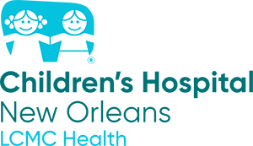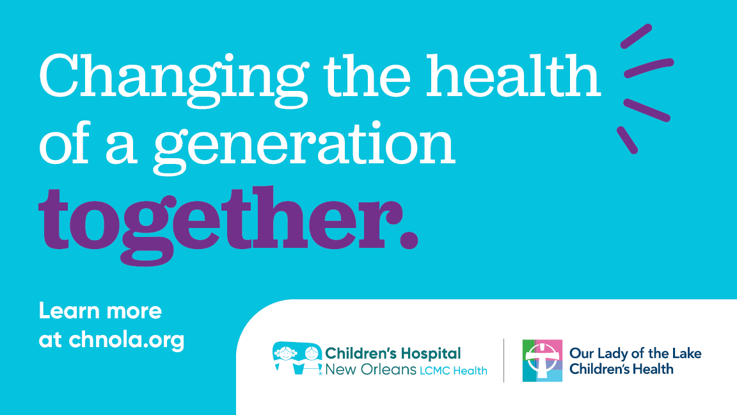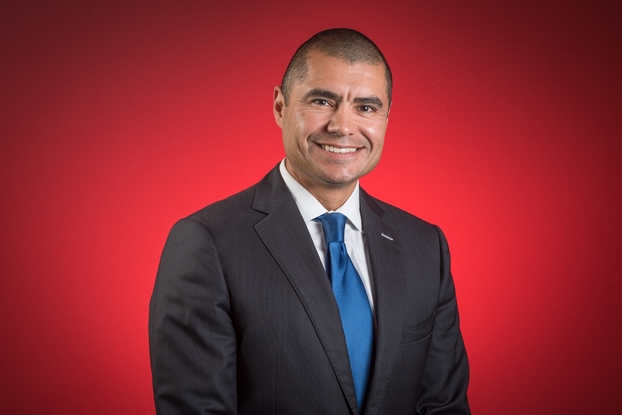Leukemia: How our daughter’s survival story inspires hope to other families
- Category: Patient Stories, Hematology
- Posted on:

Camille Reynolds is a thriving 13-year-old. She is in the middle of her eighth grade year and is looking forward to becoming a high school freshman next year. When she is not hitting the books, she keeps herself active. She plays every sport imaginable – volleyball, softball, soccer and she runs track, too. Anything this dedicated teenager sets her mind to, she succeeds. Camille is also a cancer survivor, a journey that began when she was seven months old.
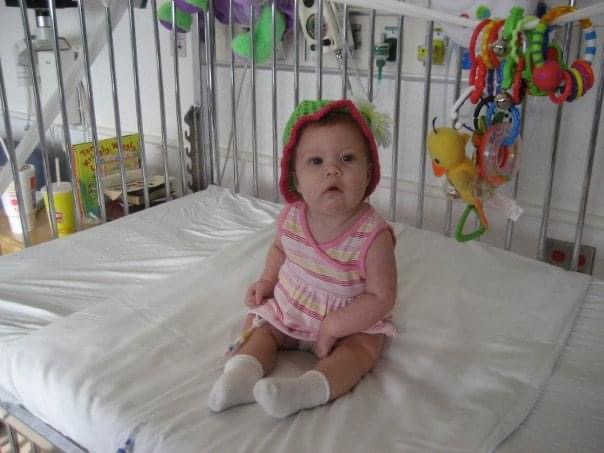 “I don’t mind sharing my cancer journey with others,” said Camille. “While I do not remember every little detail since I was just a baby, I remember my mom telling me that I always had a big smile on my face even as I was undergoing intensive chemotherapy. I still see my doctors regularly to make sure that I am healthy. I am living my best life. It’s just a miracle that I am still here. I am glad my leukemia was caught and treated early because the type of cancer I had is pretty rare in children.”
“I don’t mind sharing my cancer journey with others,” said Camille. “While I do not remember every little detail since I was just a baby, I remember my mom telling me that I always had a big smile on my face even as I was undergoing intensive chemotherapy. I still see my doctors regularly to make sure that I am healthy. I am living my best life. It’s just a miracle that I am still here. I am glad my leukemia was caught and treated early because the type of cancer I had is pretty rare in children.”
When Camille was seven months old, her family had gotten sick with a stomach bug – and it appeared that Camille got it too. She wasn’t eating that well, and she kept throwing up and having stomach issues for three days. When her symptoms didn’t improve, Camille’s mother, Stacie, took her to the pediatrician. The doctor told her Camille had a virus, and to give her a few more days to recover and she would feel better. Camille felt better for a day, and then the next day she would cry all day, almost like something was hurting her. Stacie took her daughter back to the pediatrician again.
“Her pediatrician ordered more blood work on Camille,” said Stacie. “She said the blood work looked viral and told me to keep treating it like a virus. After ten days of going back and forth to the doctor’s office, I noticed Camille stopped sitting up and pushing herself in a walker. Anytime she used her legs, she cried like something was bothering her. She did not have a fever which I thought was strange. I took her to the pediatrician again – this was the third time in two weeks – and she ordered more blood tests. That’s when she realized Camille’s blood and platelet levels were low. She told me to take her to Children’s Hospital New Orleans right away. Within two hours of being in the ER, the doctors had diagnosed her with leukemia. They were not sure what kind of leukemia she had at this point. A few days later, they confirmed the subtype of leukemia she had.”
Camille was diagnosed with acute myeloid leukemia (AML). AML is a less common type of blood cancer in children that causes bone marrow to produce large numbers of abnormal blood cells. These leukemia cells build up in the bone marrow so there is less room for healthy white blood cells, red blood cells and platelets to grow. AML is a quickly progressing disease, which is why early diagnosis is important. The five-year survival rate for children with AML is 65 to 70 percent.
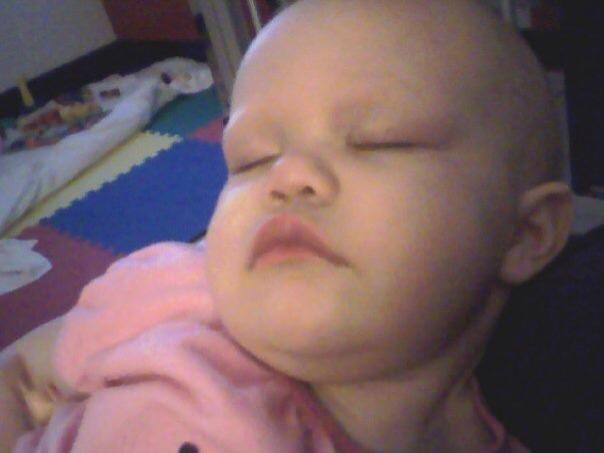 “Once we got the diagnosis, it was scary and it came as a shock to us,” said Stacie. “We never had a child diagnosed with cancer in our family and in our extended family. So, it was tough finding out our baby had cancer. The whole time we went back and forth to the pediatrician, I knew something was wrong. I knew it was more than just a virus, but I never imagined that it would be cancer. My husband and I have four other children, so after the diagnosis, we had to figure out how to care for Camille and all of her needs and also care for our other children who were in school. We just rolled with the punches and managed to adjust to these unforeseen challenges for our family.”
“Once we got the diagnosis, it was scary and it came as a shock to us,” said Stacie. “We never had a child diagnosed with cancer in our family and in our extended family. So, it was tough finding out our baby had cancer. The whole time we went back and forth to the pediatrician, I knew something was wrong. I knew it was more than just a virus, but I never imagined that it would be cancer. My husband and I have four other children, so after the diagnosis, we had to figure out how to care for Camille and all of her needs and also care for our other children who were in school. We just rolled with the punches and managed to adjust to these unforeseen challenges for our family.”
Immediately following her AML diagnosis, seven-month-old Camille was admitted to the hematology and oncology unit at Children’s Hospital. For children with AML, the treatment options are chemotherapy and/or stem cell transplant. Camille’s treatment protocol was six months of extensive chemotherapy. If her cancer relapsed, the next step would be a bone marrow transplant. Since her parents and none of her siblings were a donor match, Camille was put on a public registry just in case a relapse occurred. Five days after she was admitted to Children’s Hospital, Camille began her first round of chemotherapy treatment.
“We were in the hospital for 30 to 35 days at a time,” said Stacie. “Camille had inpatient chemo anywhere from ten days to two weeks. We would stay for another two weeks or longer for Camille to recover from her treatments because her blood counts would get too low. Before every chemo treatment, Camille had a bone marrow aspiration and a bone marrow biopsy. It was difficult for us to see our baby go through this, but Camille never ceased to amaze me. Despite going through intensive treatments and the side effects that followed, Camille was a happy baby. She would still jump up and down in bed and crawl all over the place. Although she lost all of her hair, she was a cute bald baby. As young as she was, she didn’t let chemo put her down. She was a little trooper.”
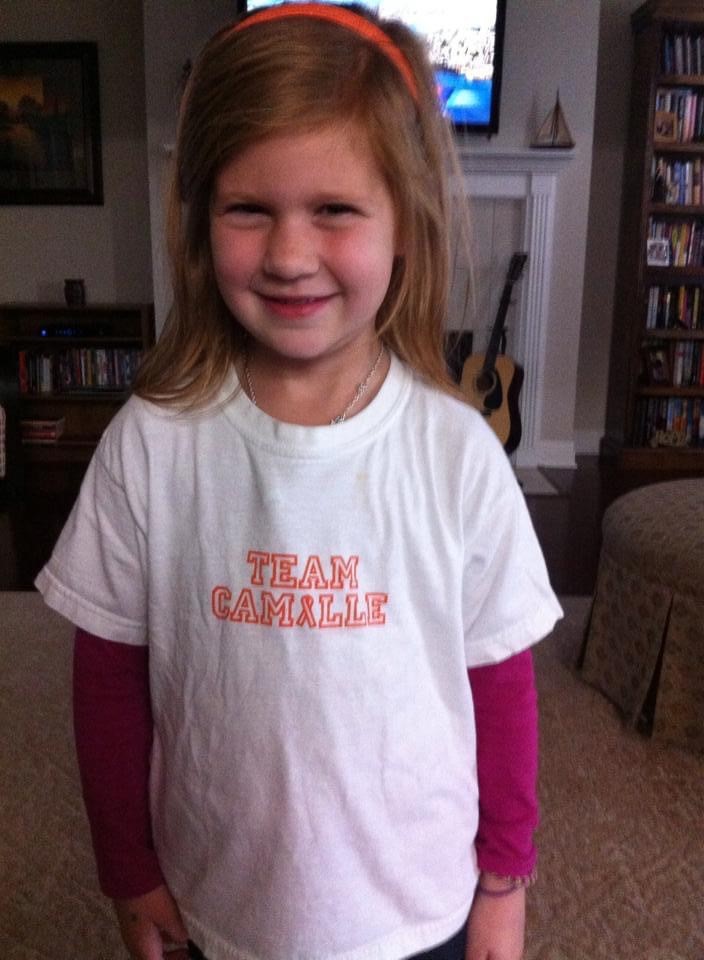 After six months of intensive chemotherapy, Camille’s treatments had put her into remission fairly quickly. She never had a relapse, nor did she need a bone marrow transplant. After she finished her chemo treatments, she began seeing her oncologist, Dr. Lolie Yu, every three months for blood work and a bone marrow biopsy. A year later, her visits were spaced out every six months. Now 13 years old, Camille sees Dr. Yu every year for follow-up care to ensure her cancer has not returned.
After six months of intensive chemotherapy, Camille’s treatments had put her into remission fairly quickly. She never had a relapse, nor did she need a bone marrow transplant. After she finished her chemo treatments, she began seeing her oncologist, Dr. Lolie Yu, every three months for blood work and a bone marrow biopsy. A year later, her visits were spaced out every six months. Now 13 years old, Camille sees Dr. Yu every year for follow-up care to ensure her cancer has not returned.
“Cancer care does not end when a patient finishes treatment,” said Dr. Yu. “The chemo medicines that we use to treat childhood leukemia can have late term effects. Some long-term effects may not happen until months or even years after treatment ends. With the leukemia subtype that Camille had, AML most often will go into remission after the initial treatment but sometimes it doesn’t go away completely, or it relapses after a period of remission. That is why regular follow-up care is crucial for these patients throughout their lifetime. We want to see all of our patients thrive.”
Besides seeing Dr. Yu, Camille meets with Dr. Pinki Prasad once a year. Dr. Prasad oversees Children’s Hospital’s Treatment After Cancer and Late Effects Center to help pediatric cancer survivors like Camille stay well. As part of the Pediatric Cancer Survivorship Center, the center helps children in the Gulf South who beat cancer but face potential treatment-related problems.
“We offer a comprehensive follow-up program to help pediatric cancer survivors and their families identify, understand, prevent and treat many of the late-developing side effects from treatment,” said Dr. Prasad. “These side effects may include long-term medical problems, psychosocial and/or neurocognitive problems. I will work with survivors to create their own individualized follow-up care plan or “roadmap” that will guide their health care for the months and years after treatment.”
As part of Camille’s follow-up care, she gets regular heart evaluations since the chemotherapy that she was on is known to cause potential heart problems. But every time she has had her EKGs and echocardiograms, her heart is strong and healthy. Stacie says it’s a miracle that Camille is doing so well after all these years – she credits her faith and the oncology care team at Children’s Hospital.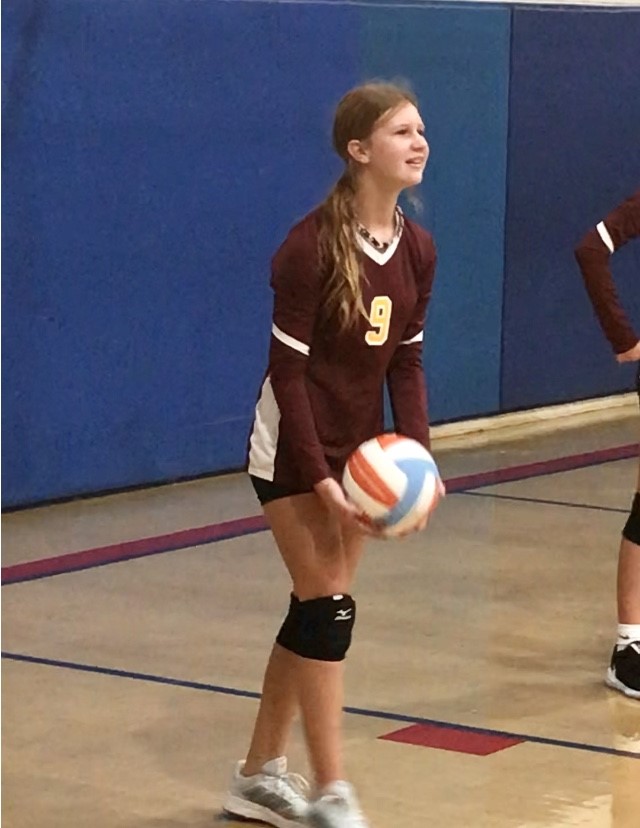
“We never regretted the decision we made to send her to Children’s Hospital,” said Stacie. “We had another option several hours away but I knew in my gut that Children’s was the place to be. It is truly a miracle that our daughter is doing so well because AML doesn’t have a high survival rate compared to other childhood blood cancers. I am glad Dr. Yu and Dr. Prasad are part of her care team. One cool thing about Children’s Hospital is that when you are an inpatient, you have your primary oncologist who oversees the case, but you also work with other oncologists who are also checking on your child. You have one dedicated team working for you. While at the hospital, we also had wonderful nurses. I am still friends with the nurses who took care of Camille. They will text us randomly to check on Camille and follow us on social media and see pictures of her. For the six months that Camille was in treatment, that was our second family. They meant the world to us.”
For families who are facing a cancer diagnosis, Stacie says staying positive and having a strong support system in place were helpful in her family’s journey. She has this advice for families:
 “The most important thing is to always live in that moment,” said Stacie. “Take it one day at a time. Don’t worry about what could happen and try not to dwell on the percentages of survival. None of that matters. Your child is not a percentage. Your child is not a number. Allow people to help you. It is important to rely on the support from the community while you are dealing with this. Just love your baby and do as much as you possibly can for your child. Once you get through the initial diagnosis, and once you learn about what’s going on, you just do what you have to do. You will find your inner strength that you never knew you had that takes over and helps you through it.”
“The most important thing is to always live in that moment,” said Stacie. “Take it one day at a time. Don’t worry about what could happen and try not to dwell on the percentages of survival. None of that matters. Your child is not a percentage. Your child is not a number. Allow people to help you. It is important to rely on the support from the community while you are dealing with this. Just love your baby and do as much as you possibly can for your child. Once you get through the initial diagnosis, and once you learn about what’s going on, you just do what you have to do. You will find your inner strength that you never knew you had that takes over and helps you through it.”
Each year in September, Children’s Hospital New Orleans recognizes Childhood Cancer Awareness Month. Click here to learn more about our center, and how we are changing lives every day and providing hope for children and families impacted by pediatric cancers and blood disorders.
